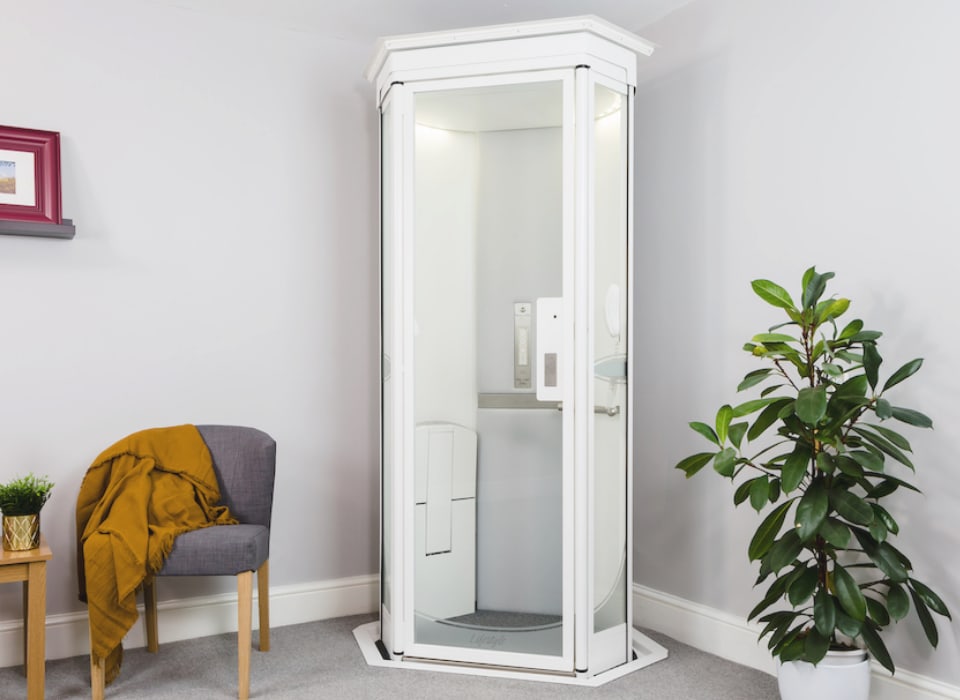Exploring the Globe of Elevators: Usual Problems Encountered by Different Lift Mechanisms
As we browse through the upright transport systems of contemporary structures, lifts stand out as an essential component of our everyday lives. From hydraulic lifts to grip systems and machine-room-less layouts, each lift kind comes with its collection of common concerns.
Hydraulic Elevators
Hydraulic elevators, commonly favored for low-rise buildings, use fluid stress to regulate the activity of the lift auto (lift repair companies). This mechanism involves a hydraulic pump pushing oil into a cylinder, causing the elevator to relocate the desired direction. While hydraulic elevators are known for their quiet and smooth operation, they do include their very own set of typical problems
One common issue with hydraulic lifts is oil leakage. The seals in the hydraulic system can break gradually, bring about oil infiltration. This not just creates a mess however can likewise impact the elevator's performance if left unaddressed. In addition, concerns with the control system, such as damaged shutoffs or a malfunctioning pump, can trigger interruptions in the lift's motion.
Routine maintenance and prompt fixings are vital to make certain the smooth performance of hydraulic elevators. By dealing with these usual concerns proactively, building proprietors can lessen downtime and guarantee the safety and performance of their upright transportation system.
Grip Elevators
When considering upright transportation systems in buildings, one more common kind in addition to hydraulic lifts is the traction lift. Grip elevators run using a system of ropes and weights that move the lift automobile by gripping onto the hoist ropes. This device enables smoother and much faster vertical transport compared to hydraulic systems.
Among the common concerns faced by grip elevators is rope wear. The consistent activity of the ropes within the traction system can cause deterioration over time, possibly causing the lift to malfunction or come to be risky for usage. Regular assessments and maintenance of the ropes are necessary to ensure the lift's correct functioning and security.
An additional issue that traction lifts may experience is connected to the control system. Problems with the control system can result in concerns such as erratic movement, delays in feedback times, and even total closures. Normal testing and maintenance of the control system are vital to stop such issues and make sure the lift's reliability.
Machine-Room-Less (MRL) Elevators

Among the essential components of MRL lifts is the compact gearless grip device that is mounted within the hoistway. This maker efficiently drives the lift automobile without the need for cumbersome devices found in typical grip elevators. Furthermore, MRL elevators commonly use a weight system to balance the cars and truck, further boosting their energy performance.
Despite their benefits, MRL lifts might face difficulties associated with maintenance and repair work as a result of the confined space for devices installment. Accessibility for servicing components within the shaft can be limited, calling for specialized training for technicians. Proper maintenance routines and routine examinations are crucial to guarantee the continued smooth procedure of MRL lifts.
Overloading and Weight Restriction Issues
Are lifts geared up to manage excess weight lots successfully and securely? Straining and weight limit issues are critical concerns in elevator operations. Elevator producers style lifts with particular weight capacities to guarantee passenger safety and equipment longevity. Exceeding these weight restrictions can bring about numerous issues, including mechanical failures, delays, and safety hazards.
When elevators are overloaded, it places too much pressure on the motor, cable televisions, and other parts, potentially causing break downs or breakdowns. Safety devices such as sensors and overload sensing units remain in place to see this page avoid lifts from moving if they identify excess weight. Furthermore, going beyond weight limitations can lead to boosted power consumption and deterioration on the elevator system.
To reduce straining concerns, constructing managers need to prominently show weight limits in elevators and enlighten occupants on the value of sticking to these limitations - lift repair companies. Normal maintenance checks by certified technicians can likewise aid guarantee that lifts are running within safe weight specifications. By resolving overloading and weight limit problems proactively, structure proprietors can enhance elevator safety and security and performance
Electrical System Failures
Surpassing weight restrictions in elevators can not only result in mechanical concerns yet also potentially add to electric system failings within the lift framework. Electric system failures are a crucial worry in lift procedure, as they can create unanticipated shutdowns, malfunctions, or perhaps security dangers. One typical electric concern is the getting too hot of parts as a result of excessive current flow caused by overloading the elevator beyond its capability. This can result in harm to the electric motor, circuitry, or control systems, leading to expensive repair services and downtime.
Additionally, power surges or fluctuations in the electrical supply can likewise disrupt the lift's procedure, impacting its efficiency and safety and security. These electrical disruptions can harm delicate elevator parts such as control board, circuit boards, or sensors, resulting in system failings. Routine maintenance and inspections are important to identify and resolve prospective electrical issues quickly, guaranteeing the efficient and secure operation of lift systems. By adhering to weight limits and carrying out routine electric system checks, building owners can reduce the threat of electrical failings in elevators.
Conclusion

Hydraulic elevators, commonly chosen for low-rise structures, use fluid stress to manage the activity of the elevator auto.When thinking about upright transportation systems in buildings, an additional common kind apart from hydraulic lifts is the traction lift. Traction elevators run utilizing a system of ropes and weights that move the elevator car by grasping onto the hoist ropes. Unlike typical elevators that need a different machine space to house the tools, MRL elevators integrate many of go the parts hop over to these guys within the shaft, eliminating the requirement for a committed device space.In verdict, elevators face common concerns such as hydraulic malfunctions, traction system failings, and electric system troubles.
 Kirk Cameron Then & Now!
Kirk Cameron Then & Now! Michael J. Fox Then & Now!
Michael J. Fox Then & Now! Bo Derek Then & Now!
Bo Derek Then & Now! Richard Dean Anderson Then & Now!
Richard Dean Anderson Then & Now! Mike Smith Then & Now!
Mike Smith Then & Now!